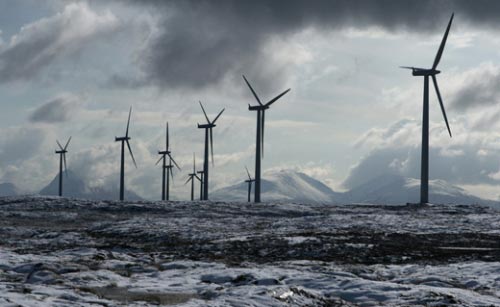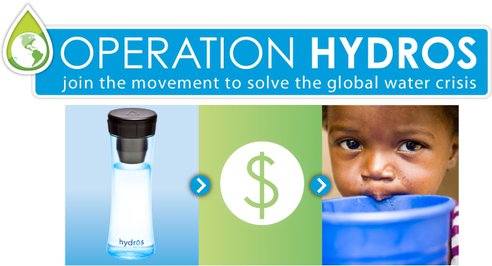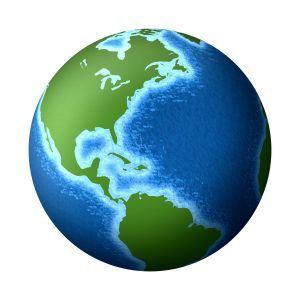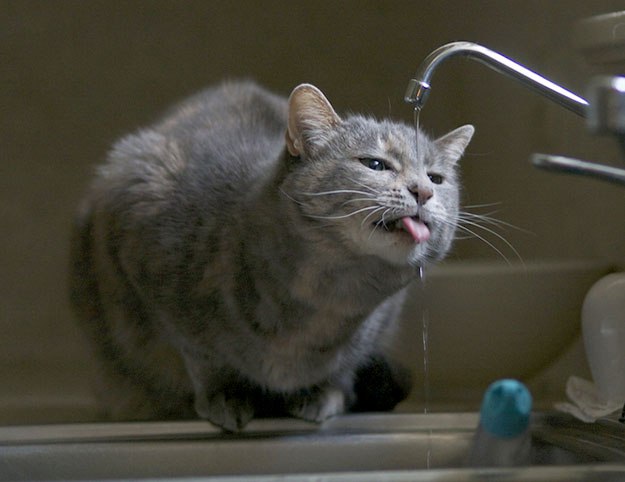The Portland Water Bureau currently employs 12 water meter readers responsible for reading meters at homes and businesses on their assigned routes throughout the City of Portland. Meter readers fall under the Customer Services Group, and are based out of the Water Bureau’s Interstate Facility in north Portland.
 Meter readers work Monday through Friday, in all weather conditions including snow, ice, and frozen rain. Reading a meter may seem easy, but there’s definitely an art to it. Readers are often challenged by inclement weather conditions, piled snow, aggressive animals, parked vehicles, overgrown plants, and construction materials. Oftentimes, customers place compost and recycling carts and garbage containers over their meters on collection day, affecting access and quick reads. Read more
Meter readers work Monday through Friday, in all weather conditions including snow, ice, and frozen rain. Reading a meter may seem easy, but there’s definitely an art to it. Readers are often challenged by inclement weather conditions, piled snow, aggressive animals, parked vehicles, overgrown plants, and construction materials. Oftentimes, customers place compost and recycling carts and garbage containers over their meters on collection day, affecting access and quick reads. Read more





